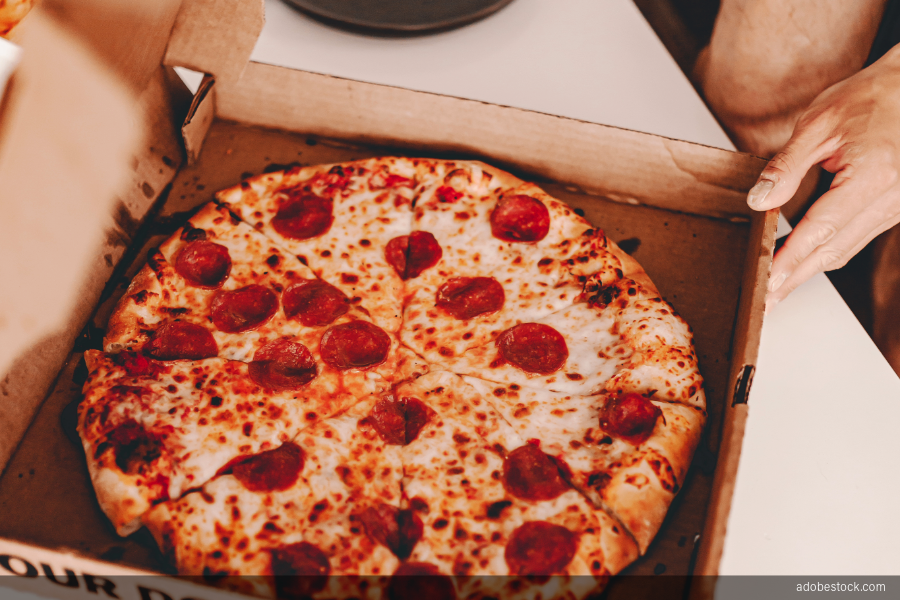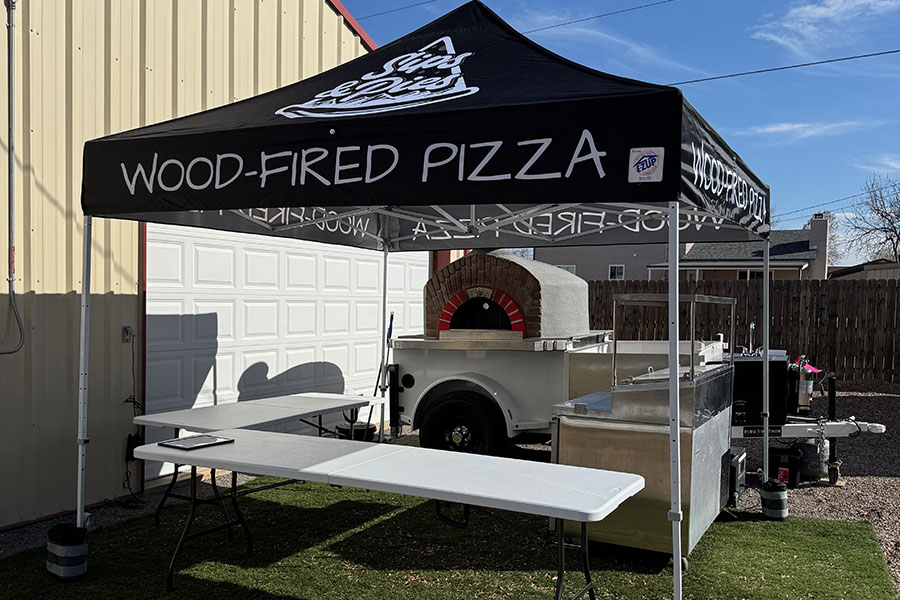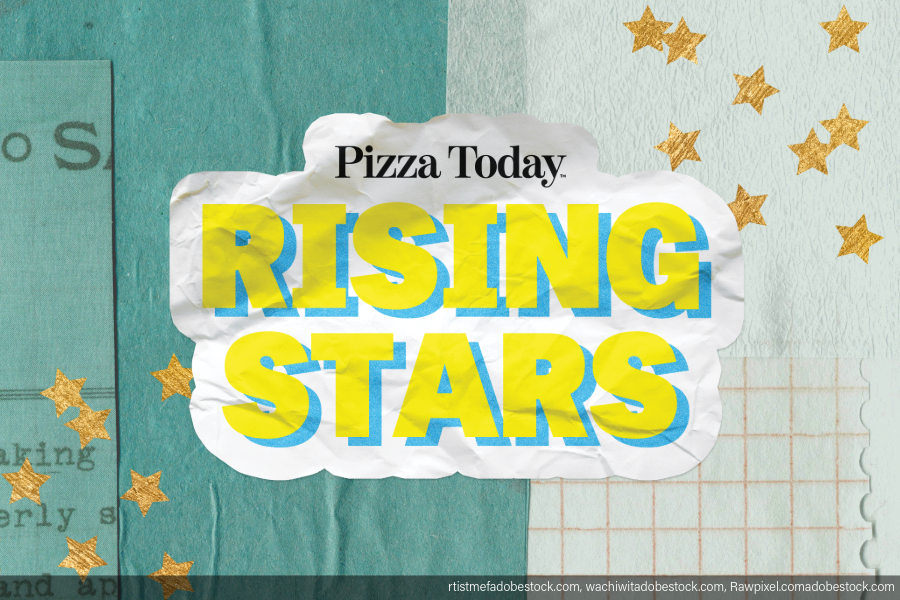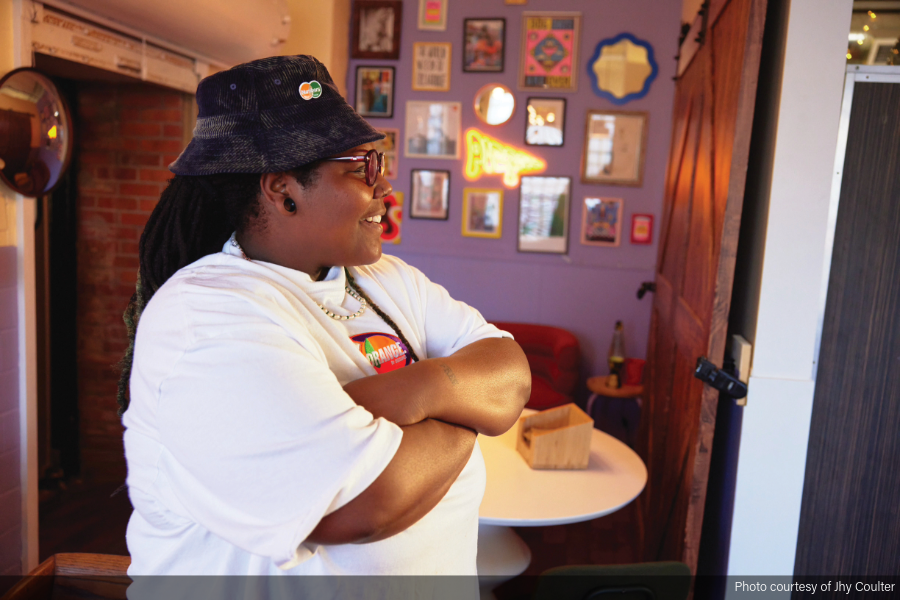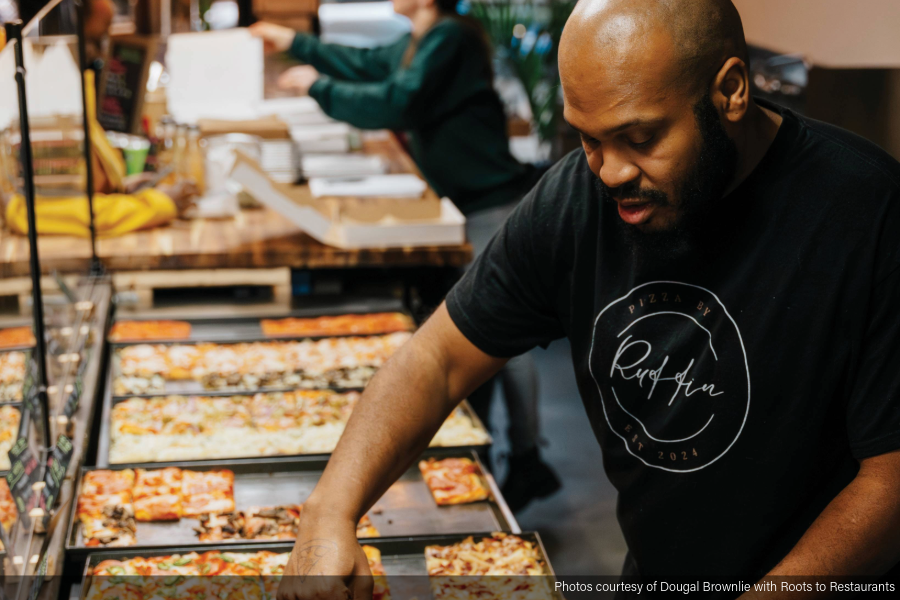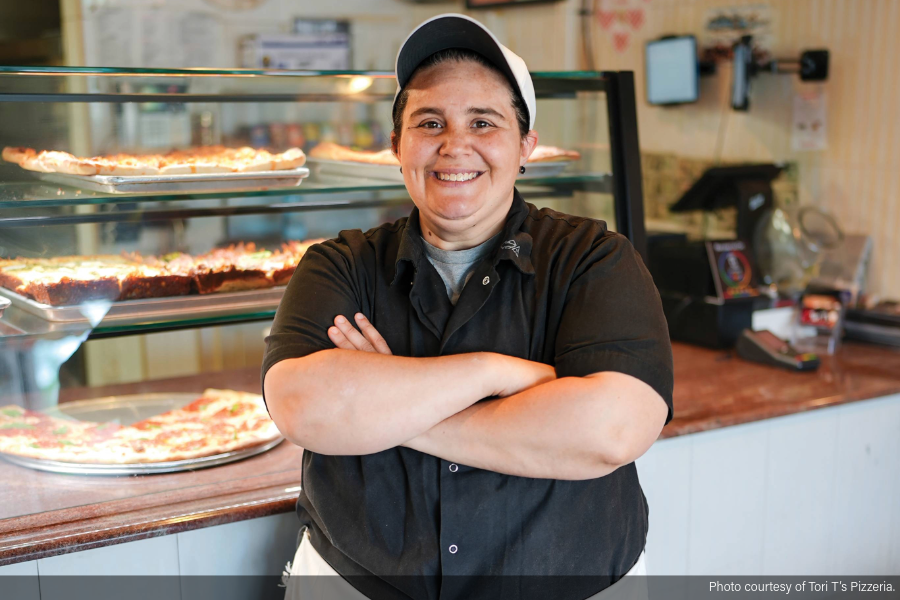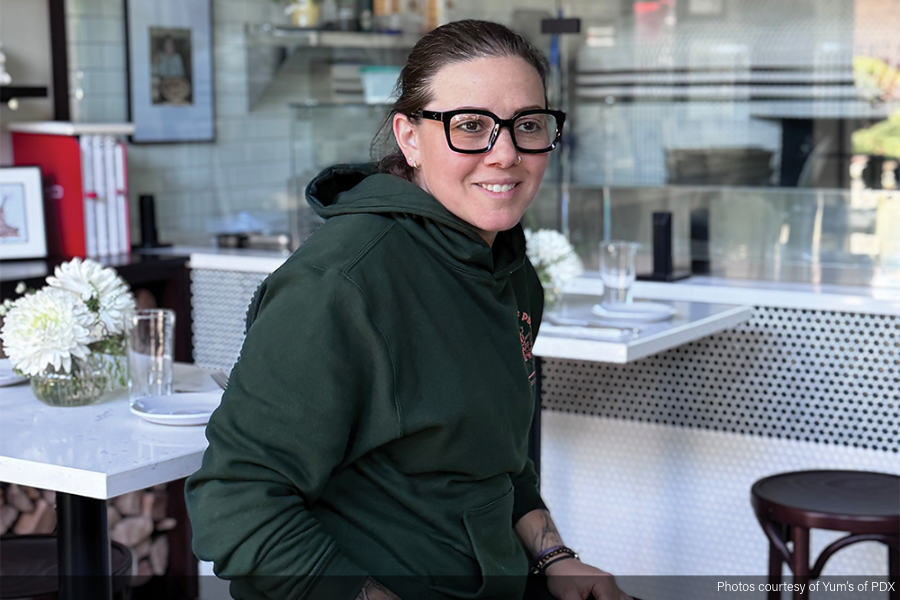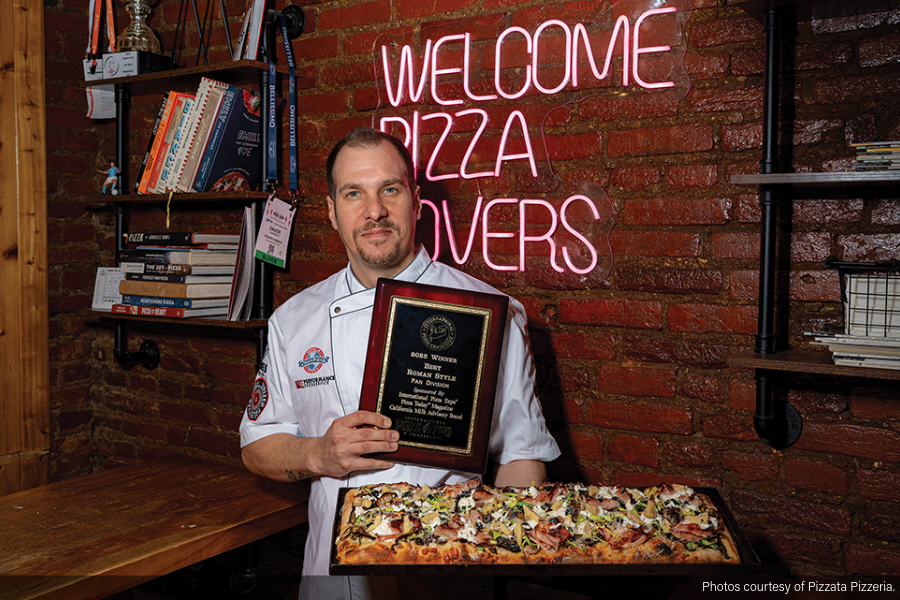A guide to having other people deliver for your pizzeria
People are no longer satisfied with simple food delivery. They want exceptional food delivered exceptionally well – and, thankfully, they’re not as bent out of shape about the price.
Convenience is winning the game and providing a massive revenue bump to get our food in front of people who don’t want to wait in line or interact with people. But just like anything, there’s a yin to the yang. Delivery can become super costly and a massive pain if executed poorly. No matter which third-party platform you’re on – or if you’re on all of them – here is how I have learned how to game them best.
Why Third-Party Delivery Matters
People value time as their most precious commodity. Making customers wait means losing out on business. Instead of perceiving third-party delivery as a necessary evil, smart entrepreneurs should consider it a strategic business advantage and treat third-party drivers as brand ambassadors rather than pariahs. When you look at delivery strategically, the third-party game is an invaluable asset and lead generator.
Setting Up Your Third-Party Delivery System Correctly
- Start with a Single Platform: If you’re new to third-party delivery, begin with one platform, such as DoorDash, Uber Eats or Grubhub. This allows you to focus on optimizing your setup and familiarizing yourself with these services. Expanding to multiple platforms is an option later, but starting with one ensures you’re not spreading yourself too thin.
- Create a Seamless Integration: Ensure your point-of-sale system integrates with delivery platforms. This reduces the risk of errors and streamlines order management. Many modern POS systems sync directly with third-party services, eliminating mistakes made by manual input and streamlining operations.
- Price your Fee: Add your fees to the online price to keep yourself whole; sell items at the in-house rate for orders placed directly with you from your website. This pushes people to order directly from you and keeps your food costs the same regardless of delivery vehicle.
Treat Drivers Like Ambassadors
Building a solid relationship with third-party platforms is important. Drivers talk to people, and they also are customers.
Treat the drivers like your staff. Don’t treat your store ambassadors like they are a nuisance, or they will reward you by acting like that. Blacklist drivers that are consistently horrible. Each platform has an easy process to do this.
Gaming The Algorithm: How To Stand Out
Third-party delivery platforms operate on algorithms that prioritize visibility based on performance metrics. Here’s how to stay on top:
- Optimize Delivery Times: Speed is crucial. Have your kitchen staff streamline prep times for delivery orders. Faster fulfillment leads to better customer ratings and improved algorithm placement.
- Participate in Promotions: Platforms like DoorDash offer promotional opportunities, such as discounted delivery fees or “featured” placement in the app. While these promotions require money, they can significantly increase your visibility and get you business faster.
- Great Photos: Make your most popular or unique items the focal point of your delivery menu. Use high-quality photos and enticing descriptions to grab users’ attention. Do not settle for average; the photo is super important to your success and pays for itself.
- Lead Generate Back to You: Have a buy-back coupon on each order that is linked via QR code to your website. This is how you train third-party customers to become direct customers. The sticker should confirm that orders are cheaper when they buy directly from you.
Multiple Vendors Or Just One?
When deciding whether to stick with one platform or use multiple, consider the following:
- Advantages of a Single Platform
- Easier management: Fewer platforms mean less complexity.
- Deeper partnership: Focusing on one partner can lead to better support and promotional opportunities. Also, you can get a better rate when you
offer exclusivity.
- Advantages of Multiple Platforms
- Broader reach: Access to different customer bases.
- Risk diversification: If one platform experiences technical issues, others can pick up the slack.
- What’s Right for You?
- Start with one platform and scale as your capacity grows. If you have the infrastructure to manage multiple platforms effectively, diversifying can help you reach more customers. Also, does your area have the use of multiple platforms? People in Tier 1 cities like New York and Los Angeles have strong app loyalty. In Tier 3 cities and rural areas, typically one platform has the majority of business.
Why Third-Party Beats DIY Or No Delivery
It can seem easier to handle delivery in-house or skip it altogether. However, third-party platforms often provide a better overall solution:
- Reach a Wider Audience: Third-party apps have millions of active users. Their marketing power far surpasses what most independent pizzerias can reach.
- Save on Infrastructure Costs: Setting up your delivery system requires vehicles, drivers, insurance and logistics management. Third-party services eliminate all this noise.
- Focus on Your Core Business: Partnering with third-party delivery companies allows you to focus on your restaurant and not your delivery drivers.
Why I Dig Third-Party Delivery
These apps are here to stay and when you game them right, they can bring a massive pop in sales. By setting up your systems properly and engaging with the platform and its drivers, you leverage a whole new way of marketing that builds customer loyalty and gains new customers.
I am fully aware that things go sideways, but things go sideways outside and inside the restaurant. The focus must be on optimizing the menu, prioritizing speed and adapting to what the culture is demanding – and today there’s demand for third-party delivery apps.
Unless you are overflowing with business, it seems ridiculous at this point to turn up your nose at available revenue. You simply have to invest time, effort and thought to ensure you do it right.
Mike Bausch is the owner of Andolini’s Pizzeria in Tulsa, Oklahoma. Instagram: @mikeybausch
